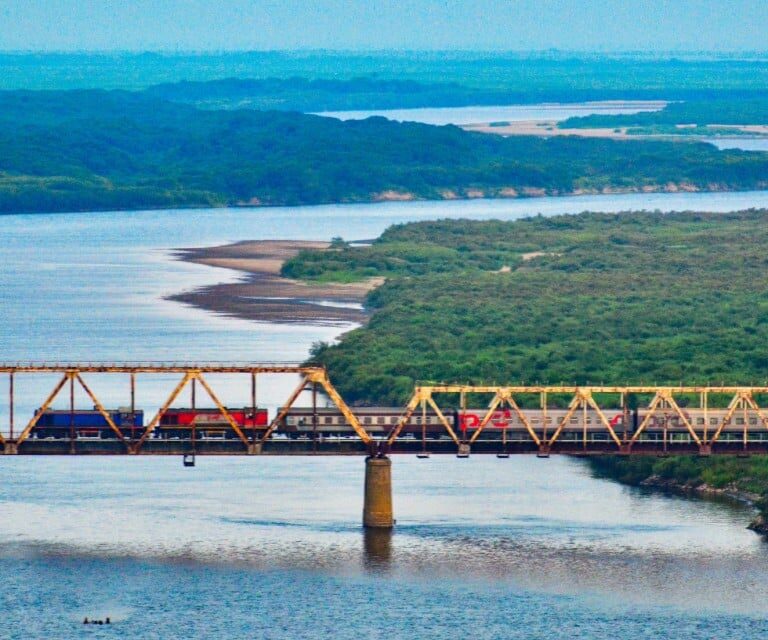As global opposition to China’s drastic redevelopment plans for the Tumen River gains momentum, we are uncovering more about the irreversible harm this project could inflict on the diverse wildlife that depends on the river for survival. Conservationists and environmental experts are sounding the alarm on the potentially catastrophic impacts on this vital ecosystem, urging a re-evaluation of the proposed development strategies.
Negotiations surrounding the development of the Tumen River, a strategic waterway that borders China, Russia, and North Korea, have seen significant developments recently. Despite various concerns, China is advancing plans to enhance the river’s navigability for larger vessels, which could have profound economic and environmental implications.
However, this project has raised significant environmental concerns. The Tumen River is a critical ecological zone, home to diverse marine life and migratory bird species. The proposed dredging could lead to severe ecological disruptions, including the destruction of habitats for migratory birds and other wildlife. There are also fears that increased marine traffic will lead to pollution and degradation of the river’s natural environment, affecting not only local biodiversity but also protected areas like the Far Eastern Marine Reserve, a UNESCO biosphere reserve located near the river’s mouth in Russia.
Impact on Fish Species: A Vital Food Web at Risk
The Tumen River’s estuarine zones are crucial spawning grounds for several fish species, some of which are already endangered or vulnerable. These estuarine zones, where freshwater and seawater mix, create a unique environment that supports the reproductive cycles of fish. The proposed dredging and construction activities are likely to disrupt these delicate habitats, leading to a decline in fish populations that could have far-reaching effects on the entire ecosystem.
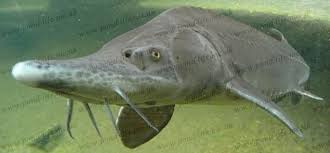
Siberian Sturgeon (Acipenser baerii):
The Siberian sturgeon, a critically endangered species, is one of the most iconic inhabitants of the Tumen River. Known for its long lifespan and late maturity, the Siberian sturgeon is highly vulnerable to habitat destruction. The species relies on the river’s estuarine zones for spawning, and any alteration to these areas could significantly reduce its reproductive success.
The construction of shipping channels and increased sedimentation could destroy these critical habitats, pushing the species closer to extinction.
Sakhalin Taimen (Hucho perryi):
The Sakhalin Taimen, also known as the “river wolf,” is another species that could be severely affected by the Tumen River development. This large predatory fish is already classified as critically endangered due to habitat loss, pollution, and overfishing. The Taimen requires clean, cold, and well-oxygenated waters for spawning, and any disruption to the river’s water quality could have dire consequences for its population. The increased sediment load from dredging could smother the riverbeds where Taimen spawn, leading to a decline in their numbers.

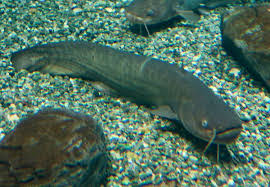
Amur Catfish (Silurus asotus):
The Amur catfish, a species native to the Tumen River, plays a crucial role in the river’s food web. This species is known for its adaptability, but even it could struggle to survive in the face of habitat destruction and water quality degradation. The catfish relies on the river’s slow-moving waters and estuarine zones for feeding and breeding. The proposed development could alter these habitats, leading to a decline in catfish populations and, consequently, affecting the species that rely on them for food.
Chinese Paddlefish (Psephurus gladius)
Critically Endangered and known for its long migrations, the Chinese paddlefish requires free-flowing rivers to reach its spawning grounds. Dredging and increased industrial activity can block migration routes, reduce spawning success, and lead to further declines in their already critically endangered population. The decline of these fish species would not only disrupt the river’s food web but also affect the livelihoods of local communities that depend on fishing for their sustenance and income.
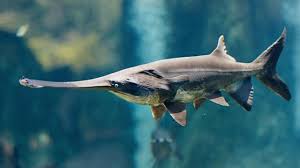
The loss of fish species could lead to a collapse of the river’s ecosystem, with ripple effects felt throughout the region.
Migratory Birds: The Threat to a Critical Stopover Site
The Tumen River is a vital stopover site for migratory birds traveling along the East Asian-Australasian Flyway, one of the world’s most important bird migration routes. This flyway supports millions of birds, many of which are already threatened by habitat loss and climate change. The river’s wetlands and estuarine zones provide essential feeding and resting areas for these birds, allowing them to replenish their energy reserves during their long migrations.
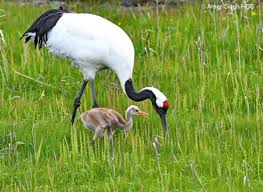
Red-crowned Crane (Grus japonensis):
The Red-crowned Crane is one of the most iconic species that rely on the Tumen River’s wetlands. This species is classified as endangered, with only about 2,000 individuals remaining in the wild. The crane relies on the river’s wetlands for feeding and nesting, and any destruction of these habitats could have a devastating impact on its population. The development of the Tumen River could lead to the loss of critical wetland areas, further threatening the survival of this majestic bird.
Far Eastern Curlew (Numenius madagascariensis):
The Far Eastern Curlew, classified as vulnerable, is another species that could be severely affected by the Tumen River development. This large shorebird relies on the river’s mudflats and estuarine zones for feeding during its migration. The loss of these habitats could disrupt the curlew’s migration patterns, leading to a decline in its population. The curlew’s diet consists mainly of invertebrates found in the mudflats, and any degradation of these feeding grounds could have a significant impact on the species’ survival.
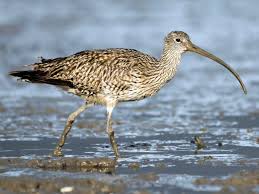
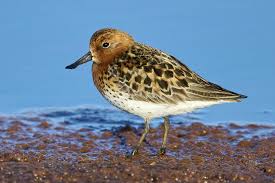
Spoon-billed Sandpiper (Calidris pygmaea):
The Spoon-billed Sandpiper, a critically endangered species, is one of the most vulnerable birds that rely on the Tumen River. With a global population estimated at fewer than 500 individuals, the sandpiper is on the brink of extinction. The bird relies on the river’s estuarine zones for feeding during its migration, and any disruption to these habitats could spell disaster for the species. The loss of feeding grounds could lead to a decline in the sandpiper’s already dwindling population, pushing it closer to extinction.
The destruction of the Tumen River’s wetlands and estuarine zones would not only affect these species but also have broader implications for global biodiversity. The loss of critical stopover sites along the East Asian-Australasian Flyway could lead to a decline in bird populations across the region, with potentially devastating consequences for the ecosystems that rely on these birds for seed dispersal, pollination, and pest control.
Marine Mammals and the Far Eastern Marine Reserve
The mouth of the Tumen River flows into the Sea of Japan, near the Far Eastern Marine Reserve, a UNESCO-designated biosphere reserve that plays a crucial role in preserving marine biodiversity in the region. This reserve is home to a wide variety of marine species, including fish, crustaceans, invertebrates, and marine mammals. The reserve’s status as a UNESCO biosphere reserve highlights its importance as a site of global ecological significance.
Harbor Seal (Phoca vitulina):
The Harbor Seal, a species commonly found in the coastal areas near the Tumen River, could be severely affected by the proposed development. Harbor seals rely on coastal habitats for breeding, feeding, and resting. The increased human activity and noise pollution associated with the development could disrupt the seals’ behavior, leading to a decline in their populations. Additionally, the destruction of coastal habitats could lead to the loss of essential breeding and resting sites, further threatening the species.
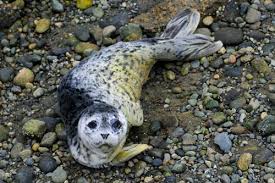

Minke Whale (Balaenoptera acutorostrata):
The Minke Whale, one of the smallest baleen whales, is also found in the coastal waters near the Tumen River. This species is known for its migratory behavior, traveling long distances between feeding and breeding grounds. The increased shipping activity and noise pollution associated with the development could disrupt the whales’ migration patterns, leading to a decline in their populations. Ship strikes are also a significant threat to minke whales, and the increased vessel traffic could lead to an increase in such incidents.
The development of the Tumen River could have far-reaching consequences for the marine mammals that inhabit the Far Eastern Marine Reserve. The loss of critical habitats, increased human activity, and pollution could lead to a decline in marine mammal populations, with potentially devastating consequences for the region’s marine biodiversity.
Crustaceans and Invertebrates: The Foundation of the River’s Ecosystem
Crustaceans and invertebrates are an essential part of the Tumen River’s ecosystem, playing a crucial role in the food web and supporting the river’s biodiversity. These species are particularly vulnerable to habitat destruction and water quality degradation, both of which are likely to result from the proposed development.
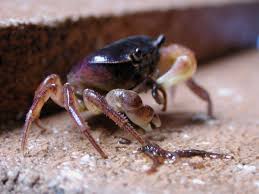
Freshwater Crabs (Geothelphusa spp.):
Freshwater crabs are a key species in the Tumen River’s ecosystem, serving as both predator and prey. These crabs are highly dependent on the river’s estuarine zones and wetlands for their survival. The destruction of these habitats could lead to a decline in crab populations, which would have a cascading effect on the river’s food web. The loss of freshwater crabs would not only affect the species that prey on them but also lead to an increase in the populations of the species they prey on, potentially disrupting the river’s ecological balance.
River Shrimp (Macrobrachium spp.):
River shrimp are another important species in the Tumen River, serving as a crucial food source for fish, birds, and other wildlife. These shrimp are highly sensitive to changes in water quality and habitat destruction. The increased sedimentation and pollution associated with the development could lead to a decline in shrimp populations, affecting the species that rely on them for food. The loss of river shrimp could also have a broader impact on the river’s ecosystem, as they play a key role in nutrient cycling and maintaining water quality.
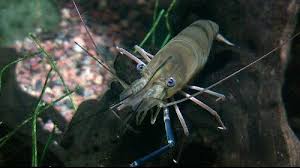

Amphipods (Gammaridae):
Amphipods, small crustaceans found in the river’s estuarine zones and wetlands, are an essential part of the Tumen River’s food web. These invertebrates serve as a crucial food source for fish, birds, and other wildlife. The destruction of their habitats could lead to a decline.
Marine and Coastal Ecosystems: A Ticking Clock for Biodiversity
The Tumen River development could also have a profound impact on the marine and coastal ecosystems in the surrounding area. These ecosystems, which include estuaries, salt marshes, and coastal waters, are among the most productive in the world, providing critical habitats for a wide range of species. The development threatens to disrupt these ecosystems, with potentially devastating consequences for the species that rely on them.
Salt Marshes and Estuaries:
The salt marshes and estuaries near the mouth of the Tumen River are crucial habitats for a variety of species, including fish, birds, and invertebrates. These areas are particularly vulnerable to habitat destruction and pollution, both of which are likely to result from the proposed development. The loss of these habitats could lead to a decline in the populations of the species that rely on them, with potentially far-reaching consequences for the region’s biodiversity.
Coastal Waters:
The coastal waters near the Tumen River are home to a variety of marine species, including fish, crustaceans, and marine mammals. These waters are highly productive, providing critical feeding and breeding grounds for a variety of species. The increased shipping activity and pollution associated with the development could have a significant impact on these waters, leading to a decline in the populations of the species that rely on them.
The destruction of the Tumen River’s marine and coastal ecosystems would not only affect the species that inhabit these areas but also have broader implications for global biodiversity. The loss of these ecosystems could lead to a decline in the populations of a variety of species, with potentially devastating consequences for the region’s ecological balance.
Impact on Terrestrial Wildlife: A Silent Crisis
The Tumen River and its surrounding areas are not only home to aquatic life but also provide vital habitats for various terrestrial species, including mammals, amphibians, and reptiles. The proposed development poses a significant threat to these species, particularly through habitat destruction, pollution, and increased human activity.

Amur Leopard (Panthera pardus orientalis):
The critically endangered Amur leopard, one of the world’s rarest big cats, is among the species most at risk from the Tumen River development. The leopard’s habitat is already severely fragmented, and the proposed development could lead to further habitat loss, pushing the species closer to extinction. The increased human activity associated with the development could also lead to a rise in poaching, further threatening the leopard’s survival.
Siberian Tiger (Panthera tigris altaica):
The Siberian tiger, another critically endangered species, could also be severely impacted by the Tumen River development. The tiger’s habitat overlaps with that of the Amur leopard, and the proposed development could lead to further habitat fragmentation, reducing the available territory for these large predators. The increased human activity could also lead to a rise in human-wildlife conflicts, further endangering the species.


Amur Goral (Naemorhedus caudatus):
The Amur goral, a species of wild goat found in the mountainous regions near the Tumen River, is also at risk from the proposed development. The goral relies on steep, rocky terrain for its survival, and the construction activities associated with the development could lead to habitat destruction, making it difficult for the species to find suitable areas for feeding and shelter. The loss of habitat could lead to a decline in goral populations, further endangering this already vulnerable species.
Oriental Stork (Ciconia boyciana):
The Oriental stork, an endangered species, relies on the wetlands and rivers near the Tumen River for feeding and nesting. The proposed development could lead to the destruction of these critical habitats, making it difficult for the stork to find suitable areas for breeding and feeding. The loss of habitat could lead to a decline in stork populations, with potentially devastating consequences for the species.
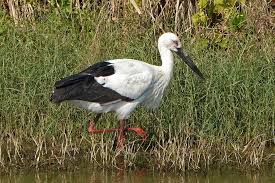
The destruction of terrestrial habitats in the Tumen River region would not only affect these species but also have broader implications for the region’s ecological balance. The loss of critical habitats could lead to a decline in the populations of a variety of species, with potentially far-reaching consequences for the region’s biodiversity.
Conclusion: A Call to Action
The proposed Tumen River development poses a significant threat to the region’s biodiversity, with potentially devastating consequences for a wide range of species. From critically endangered fish and migratory birds to marine mammals and terrestrial wildlife, the impacts of this development could push several species closer to extinction.
The destruction of critical habitats, degradation of water quality, and increased human activity associated with the development could lead to a decline in the populations of many species, disrupting the region’s ecological balance and threatening the survival of some of the world’s most vulnerable species.
As the development plans move forward, it is crucial that decision-makers consider the environmental impacts and take steps to mitigate the damage. This includes conducting comprehensive environmental impact assessments, implementing conservation measures, and exploring alternative development options that minimize harm to the region’s ecosystems.
The Tumen River is a unique and irreplaceable natural resource, and its preservation is essential for maintaining the region’s biodiversity and ensuring the survival of countless species. The time to act is now before it is too late.

